Your daily dose of Product Management Goodness
Want to know more?
We would love to hear your questions and suggestions for topics you would like to see covered in our future blog posts, so don't be shy and get in touch!

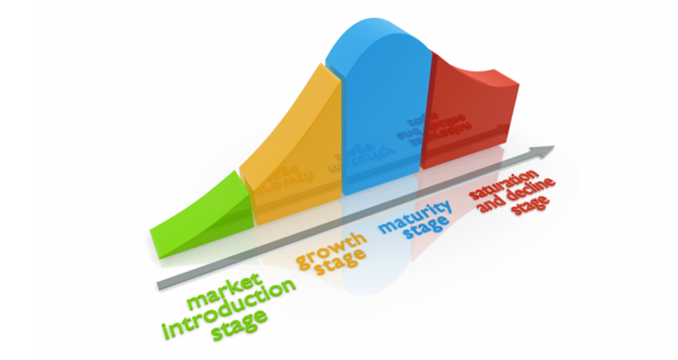
7P's
Managing Through Product Lifecycle
Product management and innovation are intimately connected processes that require skilful interventions to maximise returns at every stage.
Milestone phases that are tackled as products move from their birth to infancy and ultimately to their maturity include:
- The Product Lifecycle
- Crossing the Chasm
- Entering the Tornado
- Sustaining and Disruptive innovation theories
Familiarity with these theories is critical for product management success. The 7Ps of the marketing mix also provides a framework for different actions that can be taken across the lifecycle.
In order to maximise profit, product managers need to firstly understand at which stage the market is at. If the product is new for a brand-new market, then disruptive innovation and its techniques are required to move through introduction and growth. If the market is already in the growth/maturity phases or beyond then sustaining innovation techniques are essential.
read more
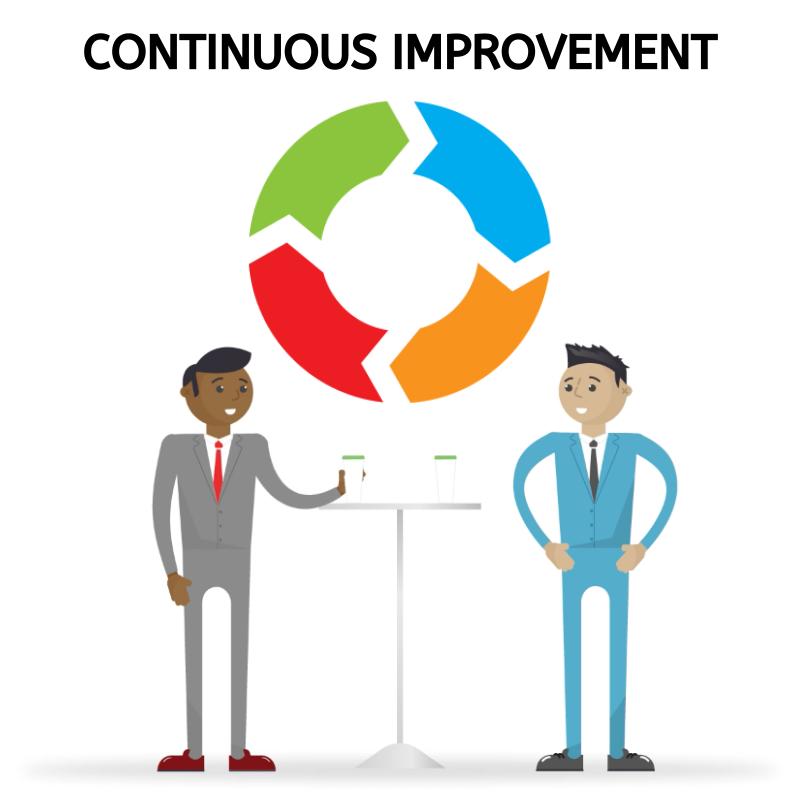
Continuously improve products
What does a Product Manager do?
Our role can be complex and difficult to describe, and product culture within company can influence our definition massively. If we don’t have a clear purpose then we run the risk of being misplaced in our business, step forward all those Product Managers who really act as sales support or project managers...
So, we define the Product Management role in this way.
“Product Managers reduce the risk of launching a product flop and increase the success of products in market”.
So, what does that mean? Well, product failure occurs in every sector. By using a professional PM framework, a Product Manager reduces the risk of a potential product flop getting to market (we assess before we launch). Then, by using the same PM framework, they ensure that existing products remain successful for longer (we continuously improve products). If there’s a 25% product failure rate in your industry and your PM skills reduce that to 5% in your business, then that’s great product management.
read more

Key Characteristics
Key Characteristics of a Good PM
It’s a question we face all the time. Mostly, when we’re helping businesses build a product management function. When recruiting experienced Product Managers, you might look for certain skills; launch skills, research skills, pricing skills, etc.
Why not look internally for those who are looking for a new challenge? They might not have the experience or skill set just yet, but do they have the core capability?
Try our quick checklist for working out if they have PM potential:
Curiosity – Do they demonstrate intellectual interest? Are they eager to learn?
Drive – Do they show ambition?
Discipline – Are the organised?
People skills – Can they get people to listen to them. Can they take people with them? Are they charismatic?
Communication – Can they get their point across clearly and quickly?
Thought leadership – Do they have vision? Are they a creative problem solver?
read more
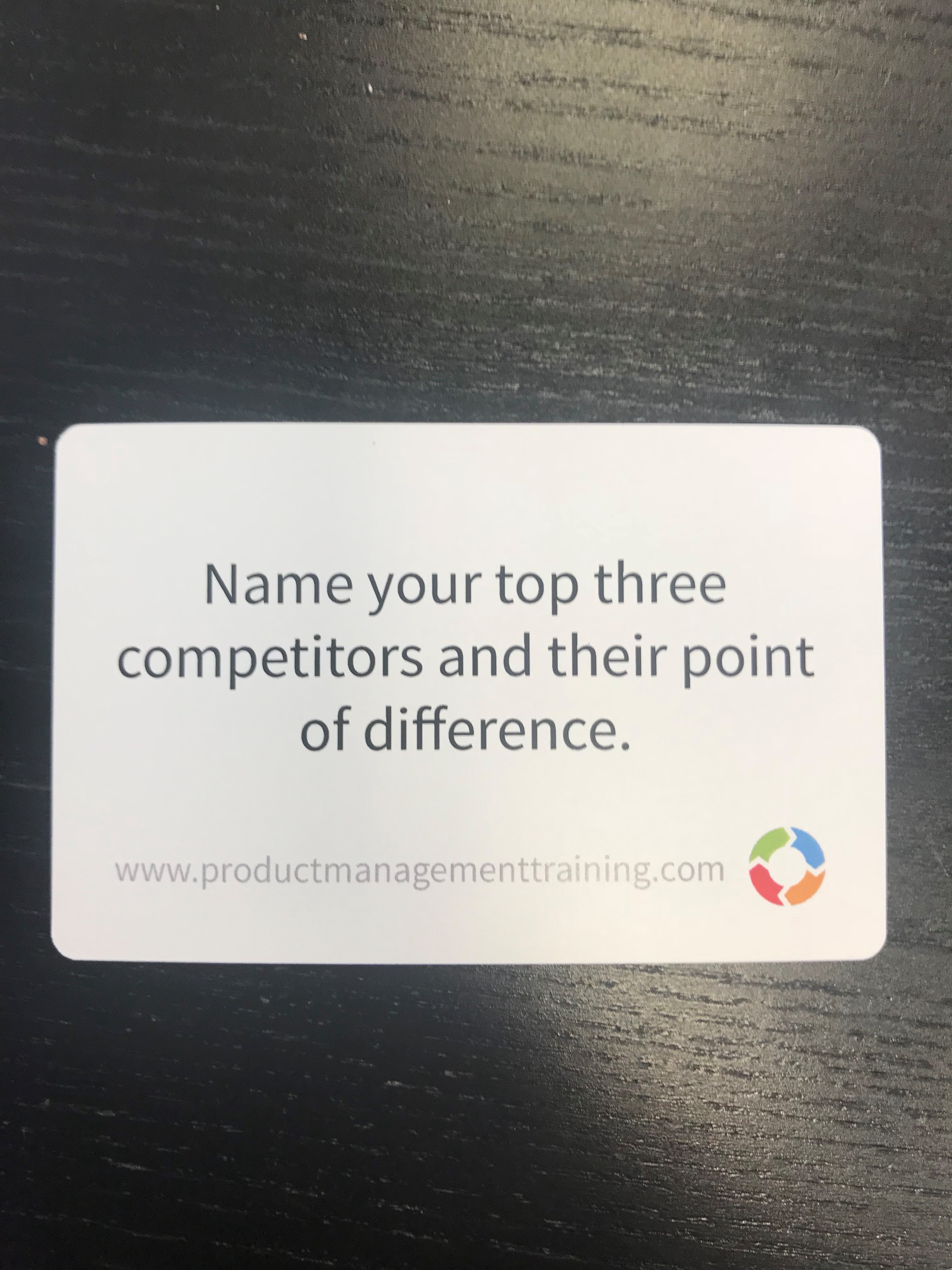
Competition
Who do you compete against? When asked, most Product Managers name other companies that are similar to them. But that’s not really the full picture. When reviewing competitive threats think about it on three levels:
1. DIRECT
These are the competitors that look a lot like your company, with similar products. Think BMW vs Mercedes vs VW/Audi – all occupy a similar space in the market with similar brand profiles, therefore, directly compete with each other in the car market.
2. INDIRECT
Sometimes the competition is less obvious. It’s more about other ways that our customers can solve their problems. These are indirect competitive threats . For example, Sage might DIRECTLY compete with Quickbooks, but INDIRECTLY compete with MS Excel in the micro sector
3. NO COMPETITION
Occasionally we see products with no competition, but is this as great as it sounds? It might mean you’re first to market, but it might equally be that there is no market. Even being first to market is no guarantee of success. Remember Palm Pilots or Betamax or Atari? All three were first to market. All three failed to capitalise on first mover advantage.
read more
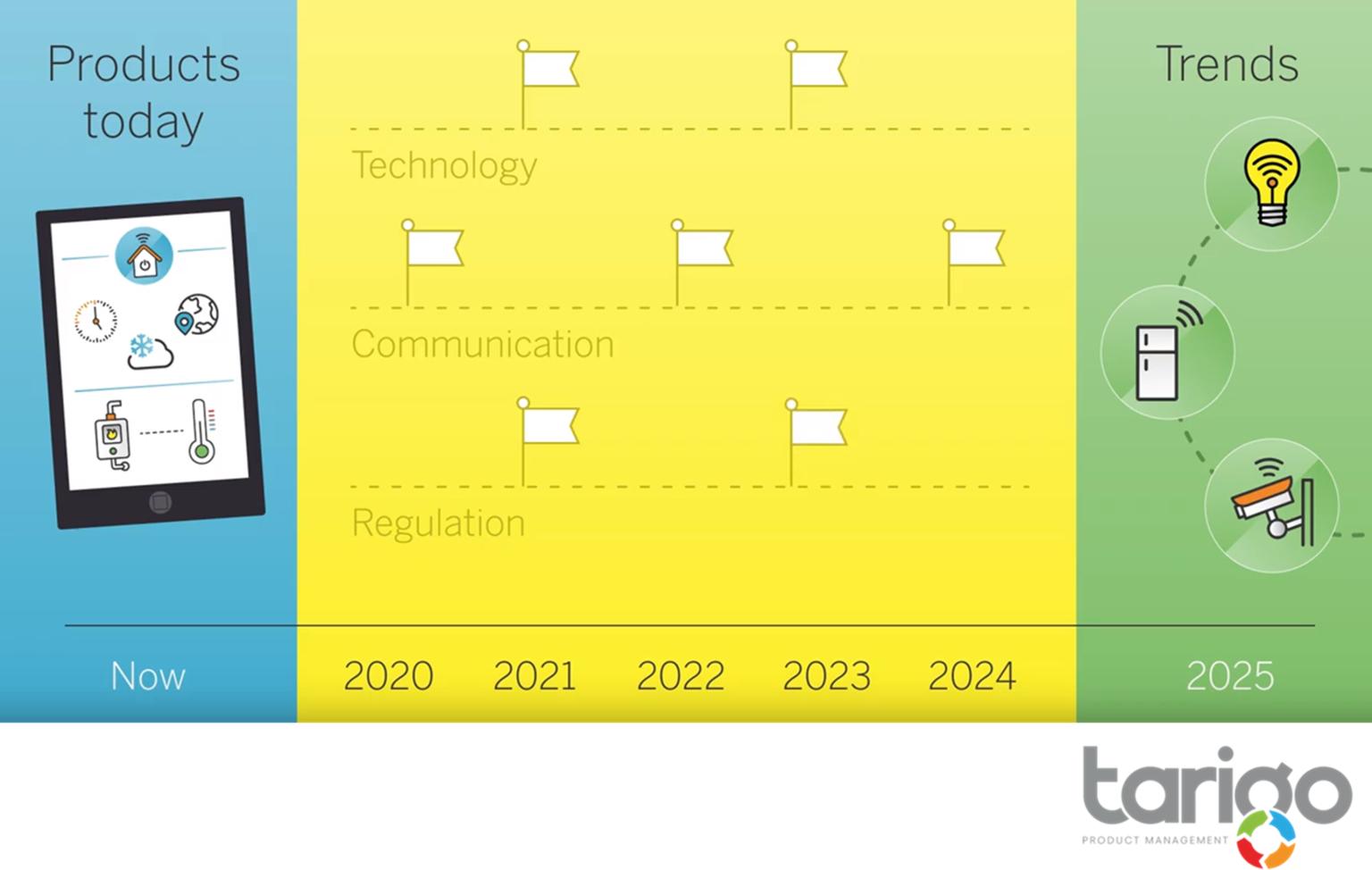
Long term direction
When did you last think about the long term direction of your product? Many of us get so caught up in the day-to-day that we forget to look up. The risk is our product might become irrelevant as trends change market needs. So spend a few minutes thinking:
• What trends are heading towards my market that may impact what we deliver?
• How would our current product suite cope?
• What small technology, communications and regulatory steps should I take to keep my product relevant.
Remember, taking many small steps forward is easier and less risky than one giant leap. But it often gets you to the same place.
read more
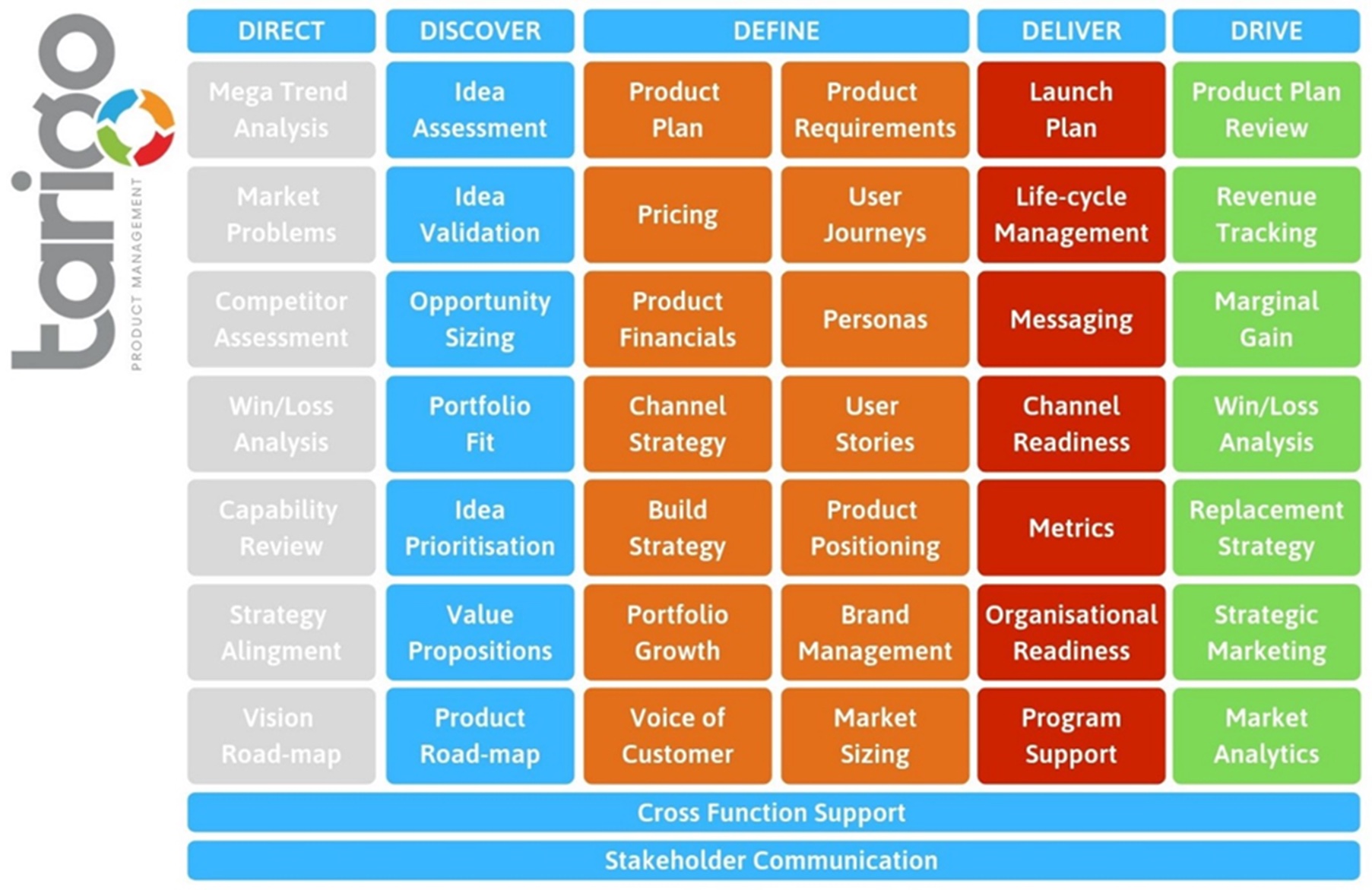
44 activities to engage in
I often describe product management as a multi-disciplinary role. To make the point here is our list of the 44 activities product managers are likely to engage in. Some daily, some rarely. Print it off, stick it on the wall and see how many you tick off. And see where the gaps in your product management skillset are.
read more
Check out the Archive